There are two modes of action of fungicides: First protective fungicides, second fungicide.
Protective fungicide
The protective fungicide is directly in contact with the pathogenic bacteria in vitro or on the surface of the plant, killing or inhibiting the pathogenic bacteria and preventing them from entering the plant, thereby protecting the plant from the pathogen, and the fungicide is called a protective fungicide. Its role has two aspects: First, the contact with pathogenic bacteria after spraying the agent directly kills the pathogenic bacteria, that is, "contact bactericidal effect"; the other is to spray the agent on the surface of the plant body, when the pathogenic colony is in contact with the plant body The drug is poisoned and called "residual bactericidal effect".
The protective fungicides mainly include the following types: sulfur and inorganic sulfur compounds, such as sulfur suspension agents, solid stone sulfur compounds, etc.; copper preparations, mainly Bordeaux liquid, copper ammonia mixture, etc.; organic sulfur compounds, such as thiram, Daisen Zinc, dexamethasone, mancozeb, etc.; phthalimide, such as captan, captan and sterilized Dan; antibiotics, such as Jinggangmycin, quercetin, polyoxymycin, etc.; Other types, such as Ye Kuling, Ye Kuojing, Baijingqing, Hesuining and so on.
Systemic fungicide
The systemic fungicide is applied to a certain part of the crop body and can be absorbed by the crop and transported to other parts of the crop body in the body. The fungicide having such properties is called a "systemic fungicide". Systemic insecticides have two modes of conduction. One is apical conduction, that is, the drug is absorbed into the plant body and then transmitted to the top of the plant with transpiration to the top leaves, buds and leaves, and leaf margins. Most of the current systemic fungicides are of this type. The other is to conduct to the base, that is, the drug is absorbed by the plant body and then transmitted downward along the transport of the photosynthesis product in the phloem. Less of this type of systemic fungicide. Some fungicides such as ethyl phosphine oxide can be conducted in both directions.
The systemic fungicides mainly include the following types: benzimidazoles, such as benomyl, carbendazim, thiabendazole, thiophanate and thiophanate; diimide, such as different bacteria Urea, ethylene nucleus, etc.; organic phosphorus, such as rice glutinous rice, glutinous rice, aluminum triethylphosphinate, etc.; phenyl amides, such as metalaxyl; sterol biosynthesis inhibitors, such sterilization The agents include tridemorpholine, oxazinamide, dinsetide, meconazole and ethyl pyridine, imazalil and imidate, triazol and triazolone, etc., from the chemical structure, they belong to morpholine, respectively. Pyroline, pyridine, pyrimidine, imidazole, 1,2,4-triazole compounds. The sterol synthesis inhibitor fungicide has both protective and therapeutic effects, and has a broad spectrum of sterilization.
The principle of fungicides to control plant diseases:
Briefly, bactericides are compounds that have a toxic effect on pathogenic microorganisms. However, the term "sterilization" is not limited to "killing" the growth of pathogenic microorganisms or the two layers of spore germination. The fungicide capable of killing the pathogenic microorganism can play a bactericidal action, and can inhibit the bactericidal action of the spore germination or growth of the pathogen, and both of the effects can achieve the purpose of preventing disease and treating diseases in agricultural production. The action of fungicides is different, and the methods of use are also different, but fundamentally, the principle of fungicides to control diseases is nothing more than three kinds of chemical protection, chemical treatment and chemical immunity.
Chemical protection is the spraying of fungicides to prevent the occurrence of plant diseases before the plants are sick. There is a meaning of "the rabbit is not seen before the eagle." Some of the common fungicides have only two protective measures: one is to remove the source of infection at the source of the pathogen. The source of the pathogen is mainly the place where the bacteria overwinter, the intermediate host and the soil. The purpose of eliminating or reducing the source of infestation by the application of a bactericide is to reduce the likelihood of infection of the crop by the pathogen. For example, in winter, weeding weeds in orchards and eliminating wintering bacteria; specific means such as disinfection of bacteria and soil disinfection are such chemical protection measures. The second is to spray a fungicide on the crops that are not infected in the field and may be infected by the pathogens to prevent pathogen infection. After spraying the fungicide on the surface of the crop, it can kill the pathogenic cells or spores that infect the crop. In order to control the infestation of crops by soil-borne pathogens, it is a measure to treat crop seeds with fungicides before planting or to treat seedling roots with fungicides before transplanting.
Chemotherapy is "seeing the rabbit square eagle." That is, the bactericide is applied to the protected crop or to the pathogen after the plant is infected or susceptible, and the pathogenic process of the pathogen is changed, thereby achieving the purpose of reducing or eliminating the disease. Prevention is more important than treatment, and the effect of preventing disease is better than that of treating diseases. Therefore, the plant protection policy of “prevention-based, comprehensive prevention†proposed by China's plant protection science and technology workers is very instructive. Chemotherapy can be divided into three types according to the degree of infection of the pathogen and the mode of administration: one is surface chemistry. Some pathogens, such as powdery mildew, are mainly attached to the surface of plants. Stone sulphur can kill germs and provide surface treatment. Non-systemic fungicides can prevent such diseases. One is internal chemotherapy, which introduces a fungicide into the body of the crop to treat germs that have invaded the interior of the plant. Only systemic insecticides such as methyl thiophanate and carbendazim have internal chemotherapeutic effects. The effect of internal treatment of systemic fungicides is twofold: on the one hand, it is directly toxic to the pathogen; on the other hand, it changes the metabolism of the plant, and changes its response to the pathogen or the pathogenic process of the pathogen. However, most systemic fungicides have only one of them, and some fungicides have two effects. One is external chemotherapy, which is often used in the control of fruit trees or forest diseases. It is external chemotherapeutic treatment. It is to scrape the diseased spots on the outside of the trunk or branches infected by pathogens, and the wounds are disinfected with fungicides. Apply a protective or water repellent to prevent further spread of infection.
Chemical immunization is the use of chemicals to give protected crops resistance to pathogens. The compounds with chemical immunological functions that are relatively positive at present are three compounds such as 2,2-dichloro-3,3-dimethylcyclopropanecarboxylic acid, ethylphosphonium bromide and thiazolazole. Among them, thiazolidine is the most typical chemical immunizing agent. It can be used to treat rice plants to induce several antibacterial substances to make rice resistant to rice blast.
More pesticide knowledge , please pay attention to China Pesticide Network
TORICH is focusing on Honed Tube manufacturing and exporting,
ID Honed Tube
seamless honed tube where the surface is honed or skiving roller burnish, and the tubes are stress relieved and annealed if it is necessary.
The Steel Tubes are produced according to technical standard of
EN10305-1 Cold Drawn Seamless Steeel Tubes
EN10305-2 Cold Drawn Welded Precision Steel Tubes
Seamless and Welded DOM tubing are produced by material of E155,E195,E235,E275,E355 +C +LC +SR +A +N
DOM is a process that is applied to tubing after it is initially constructed.
It is referred to as Seamless ,It can be said that do seamless process method on ERW tubes,
So the tubes will have a high strength ,high quality.
DOM tubing is commonly use in auto parts and machinery parts, also for heavy engineering industry.
Big Diameter Honed Tube, Skiving Roller Burnished Tube, max ID 650mm, max length 12000mm
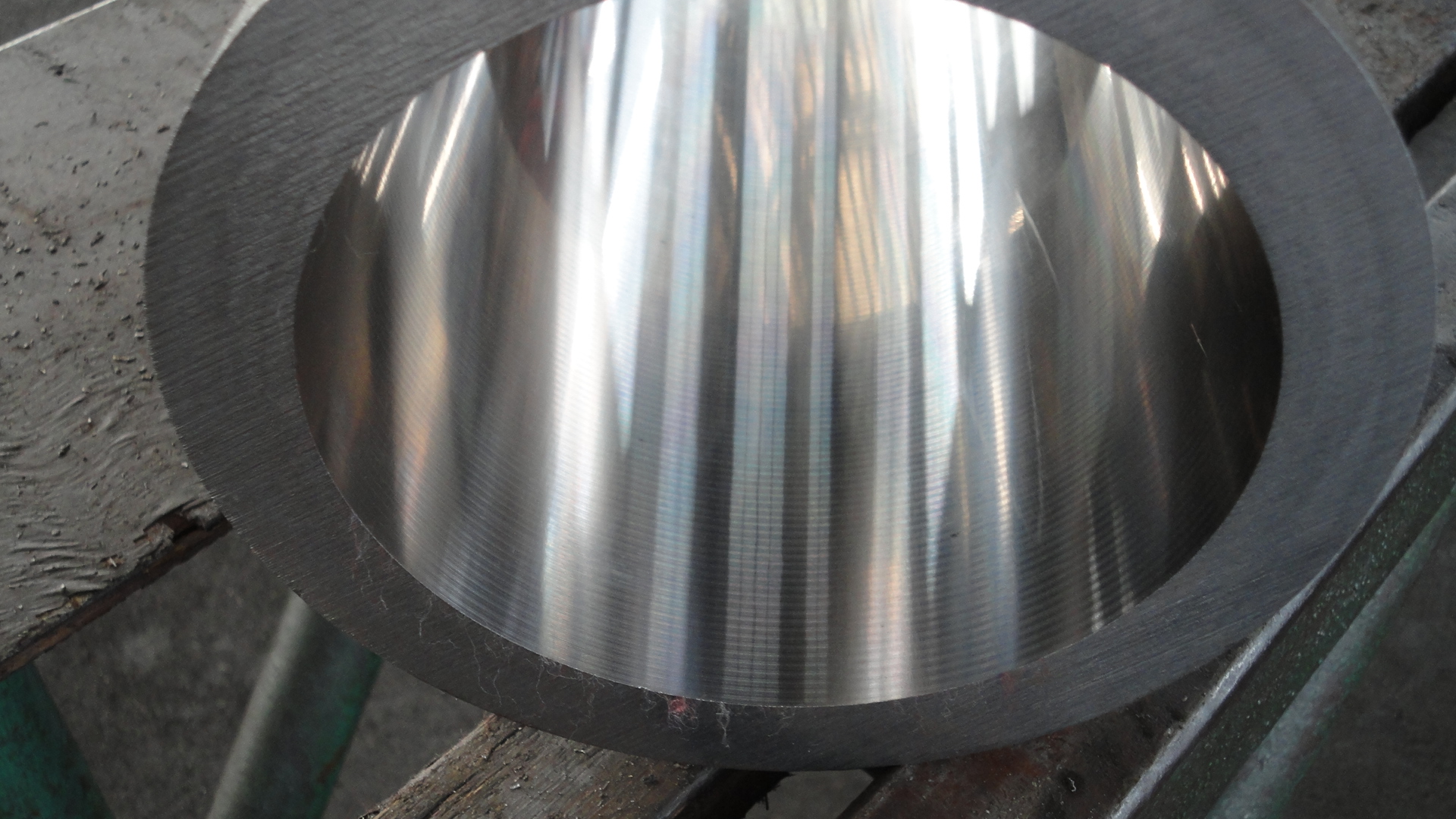

Production facility for ID Honed and Skiving Roller Burnished Steel Tube
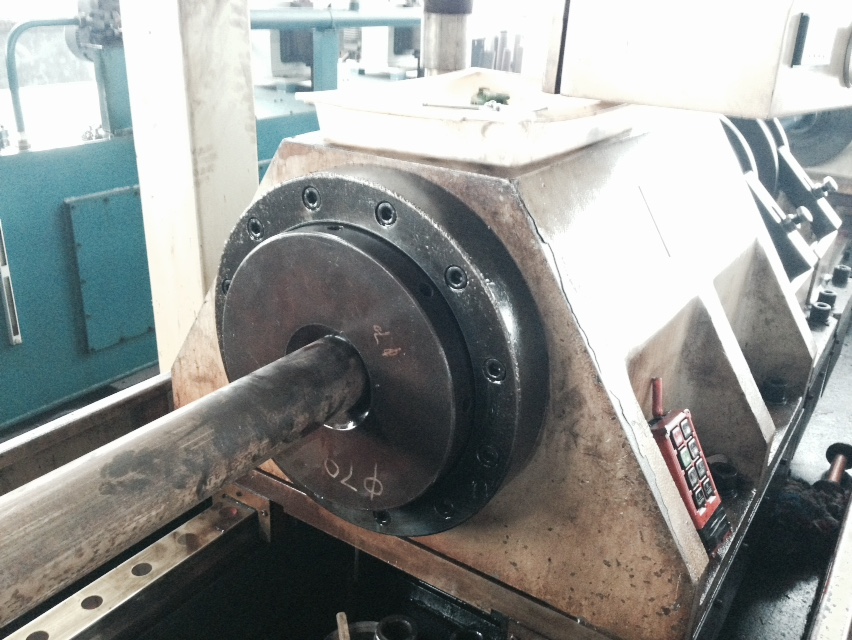
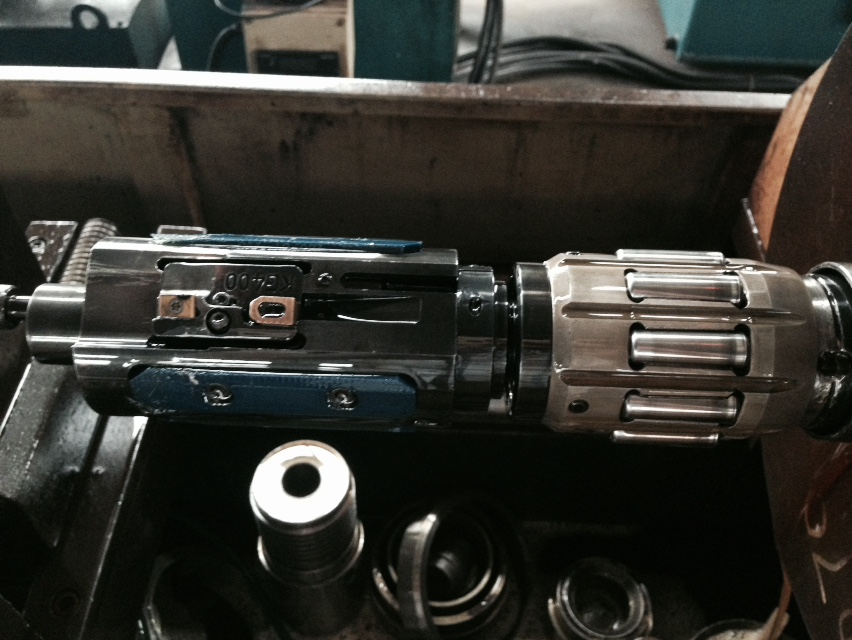
ERW mother tube for Honed Tube
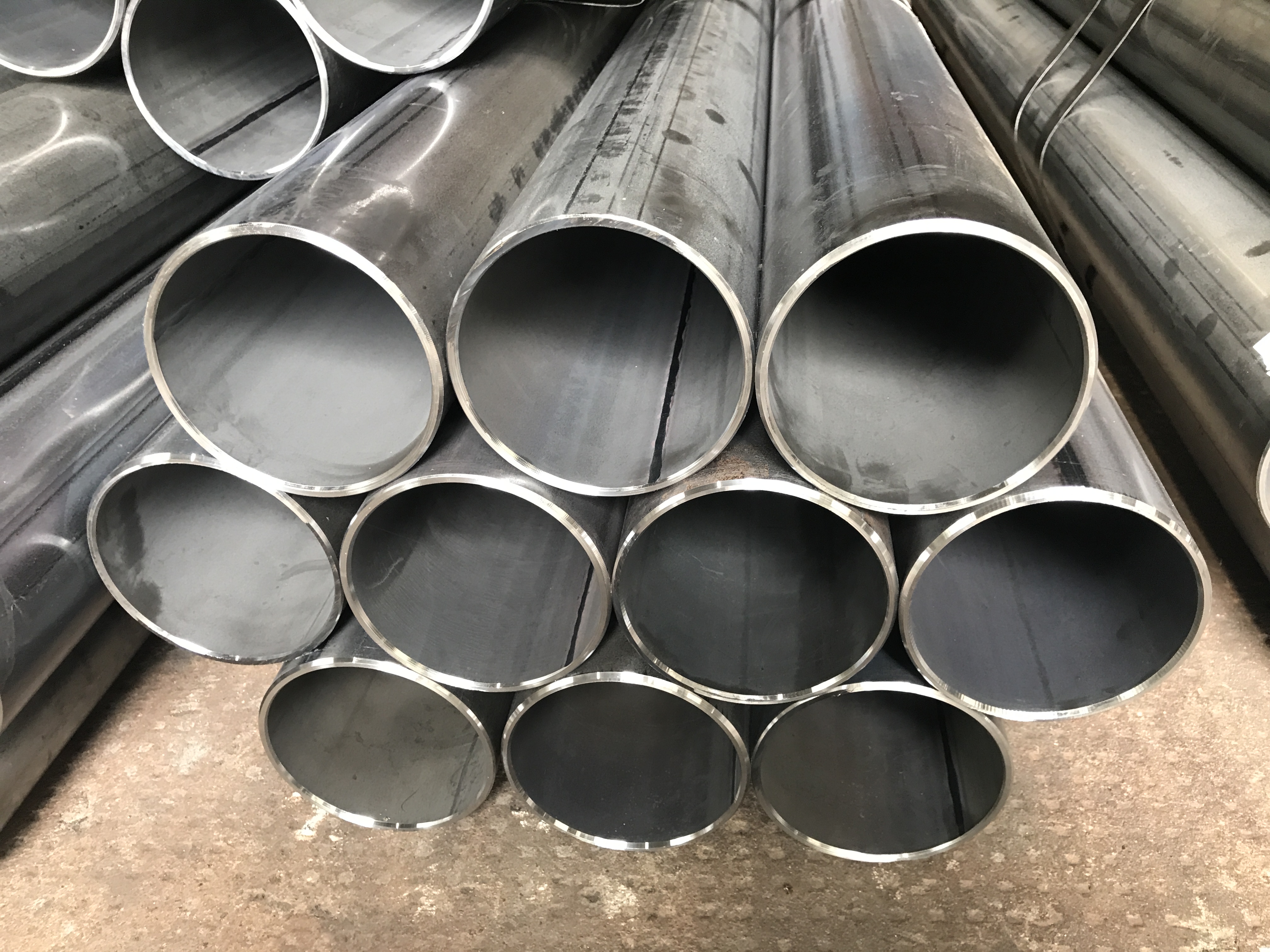
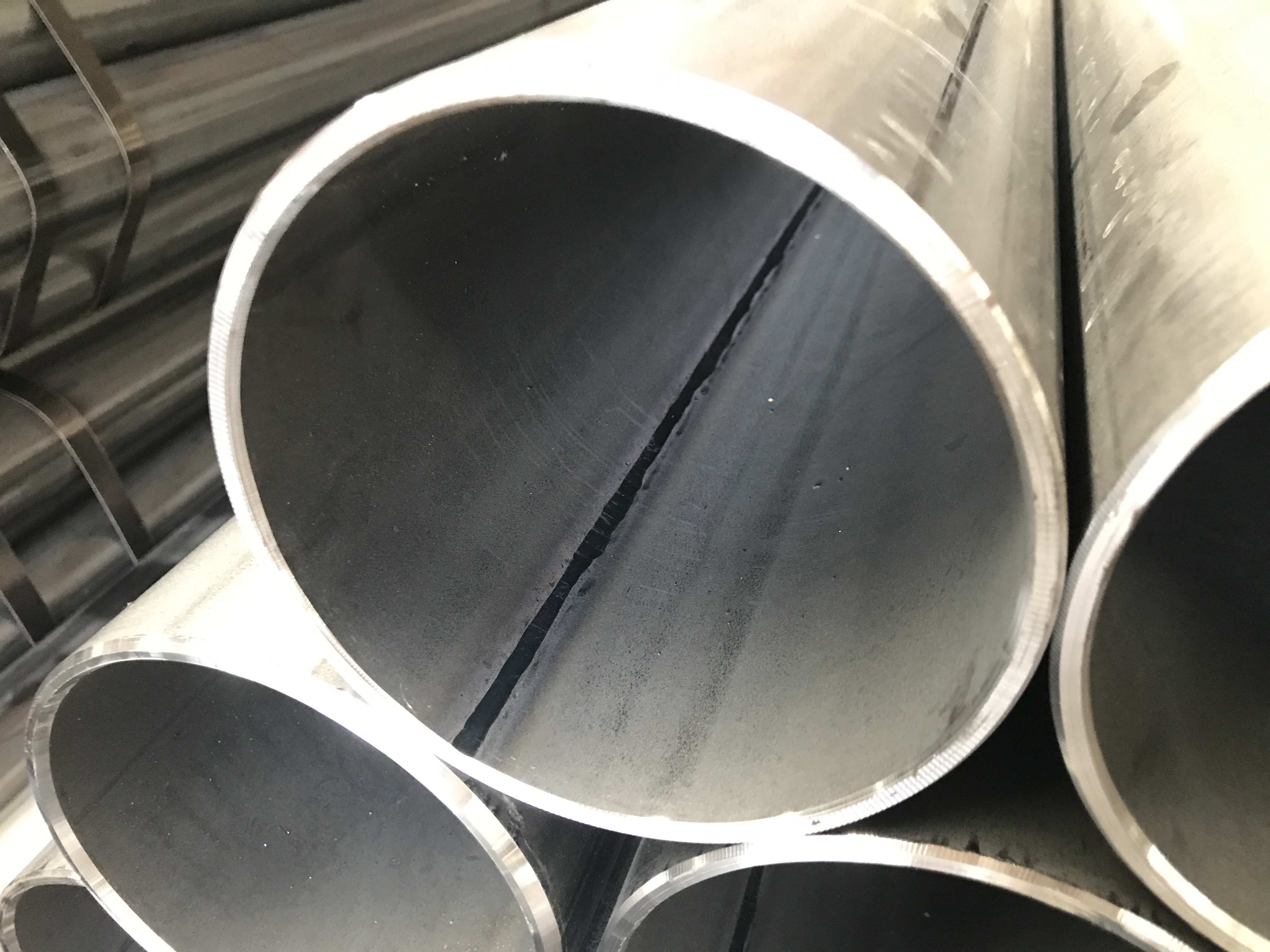
Seamless Steel Tubes in Cold Drawn Production for ID Skiving Roller Burnish Production:
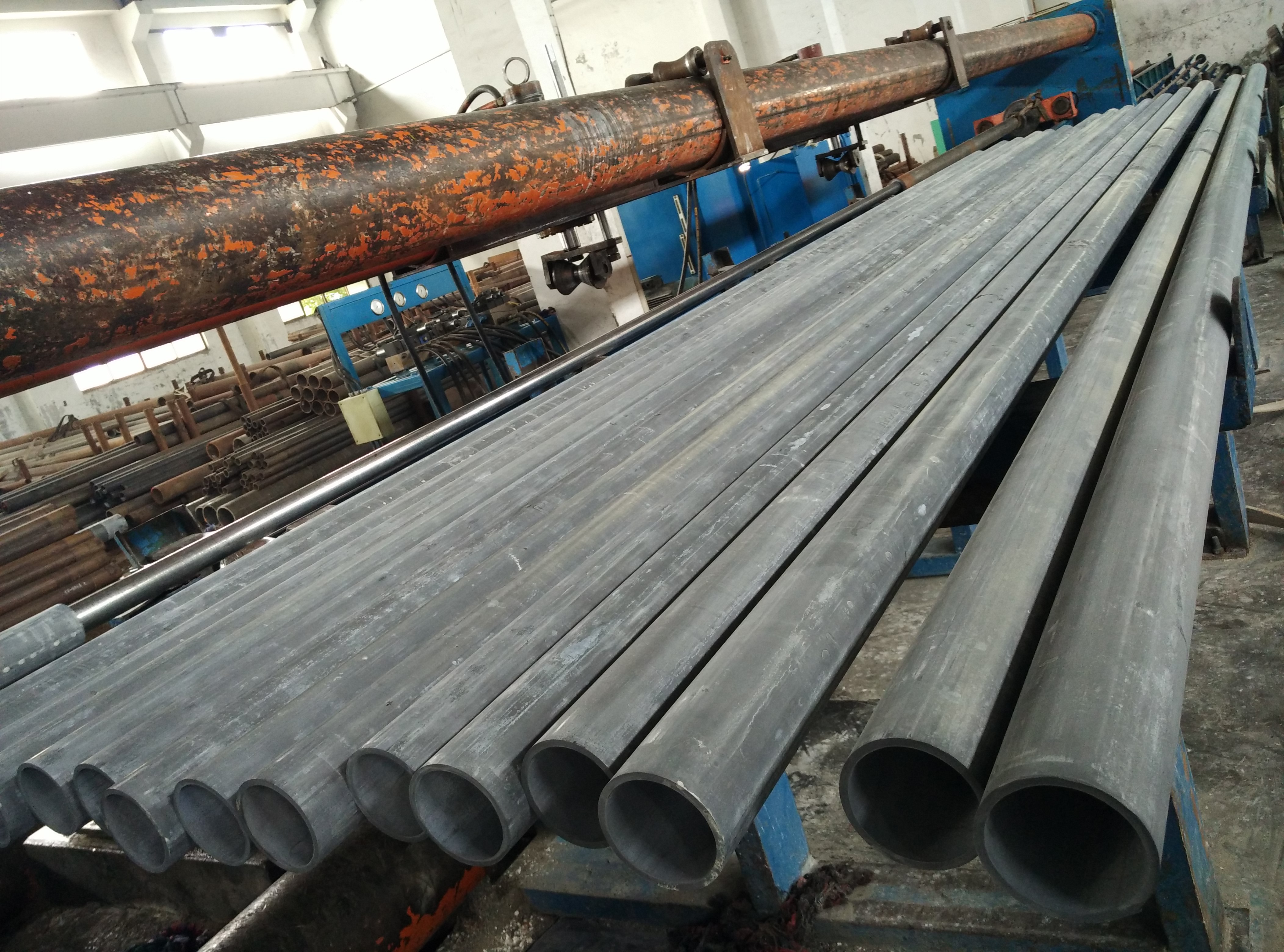
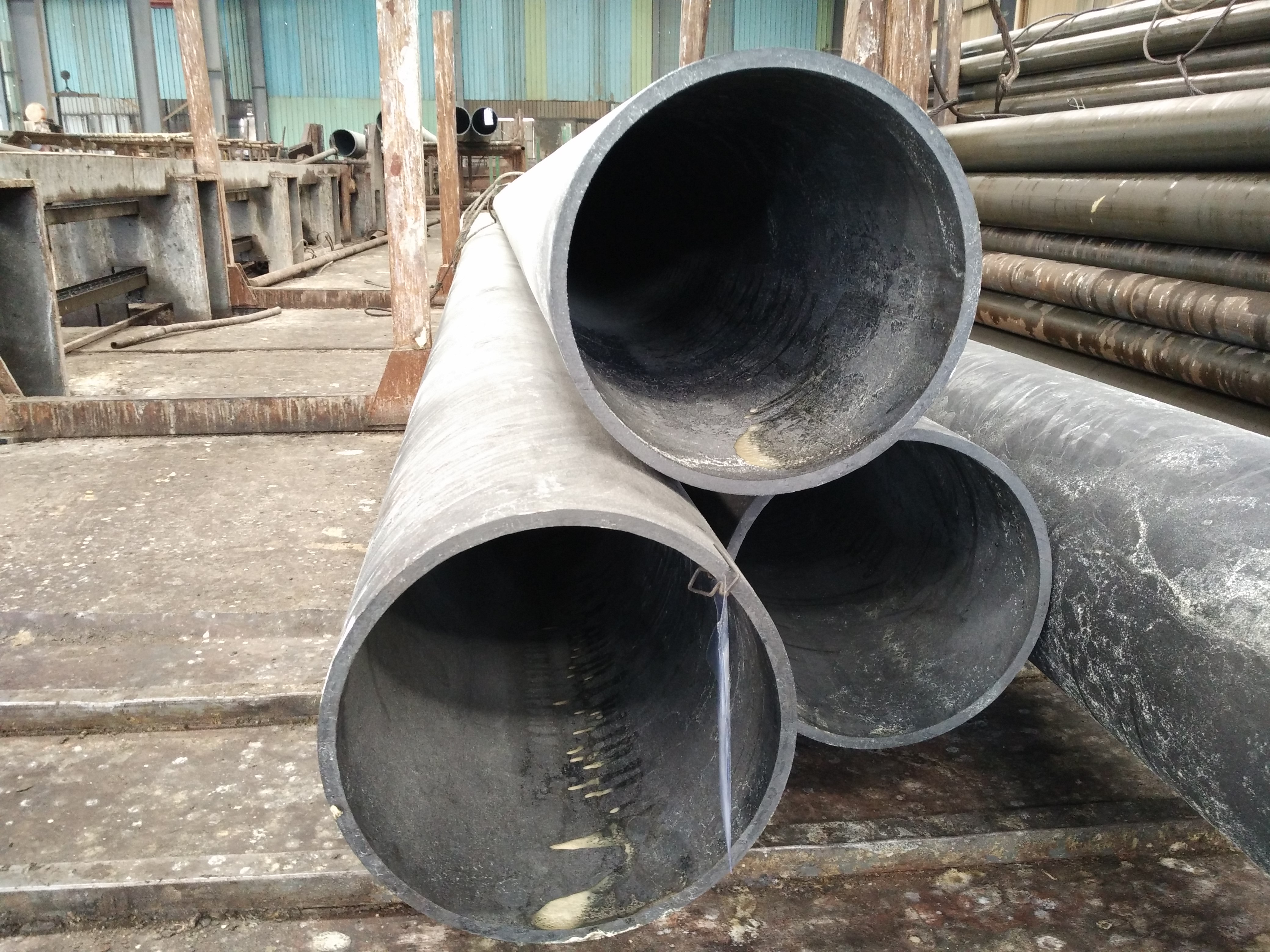
Stainless Steel Pipe ready for ID Honing
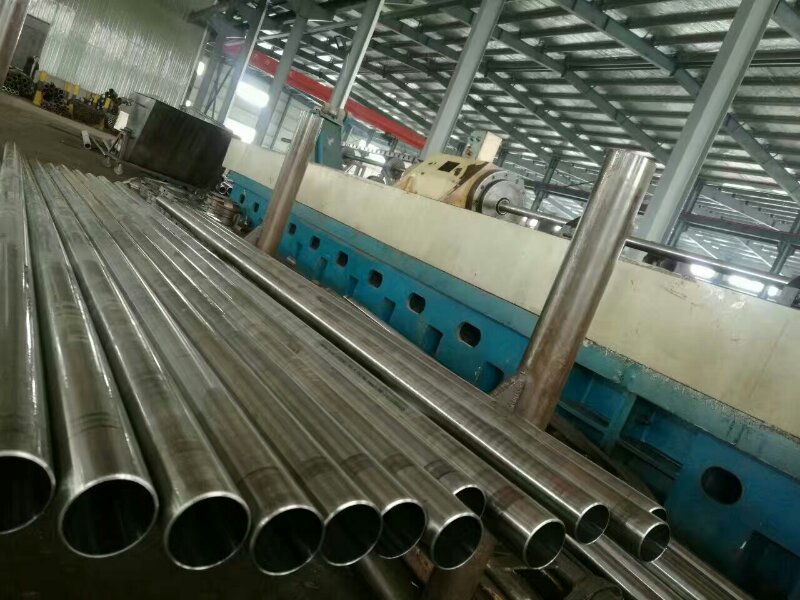

Honed Finish ID for Stainless Steel Pipe:
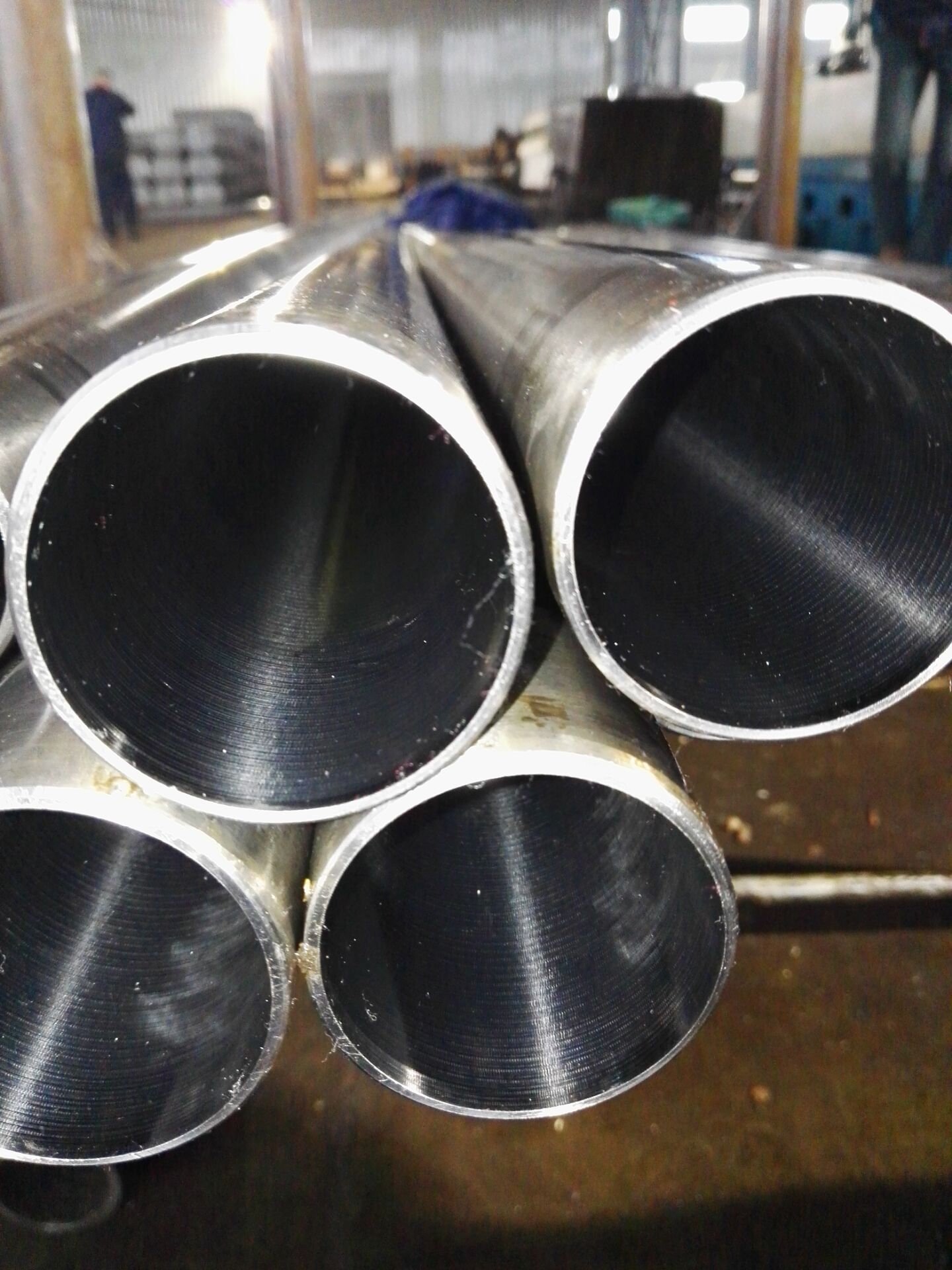
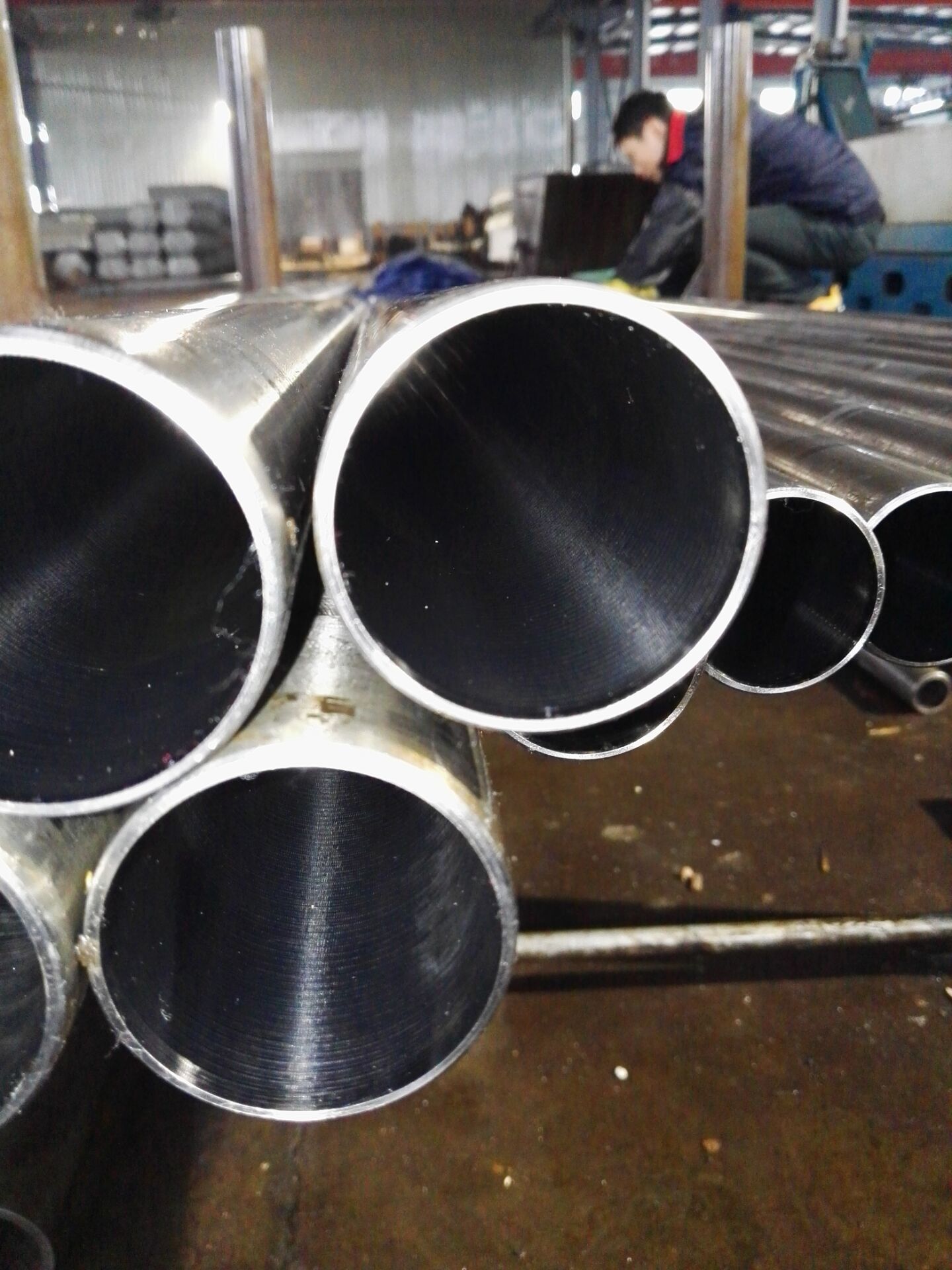
Honed Tube
Honed Tube,Honed Pipe,Honed Stainless Steel Tubing,Seamless Steel Honed Tube
TORICH INTERNATIONAL LIMITED , https://www.steeltubepipechina.com